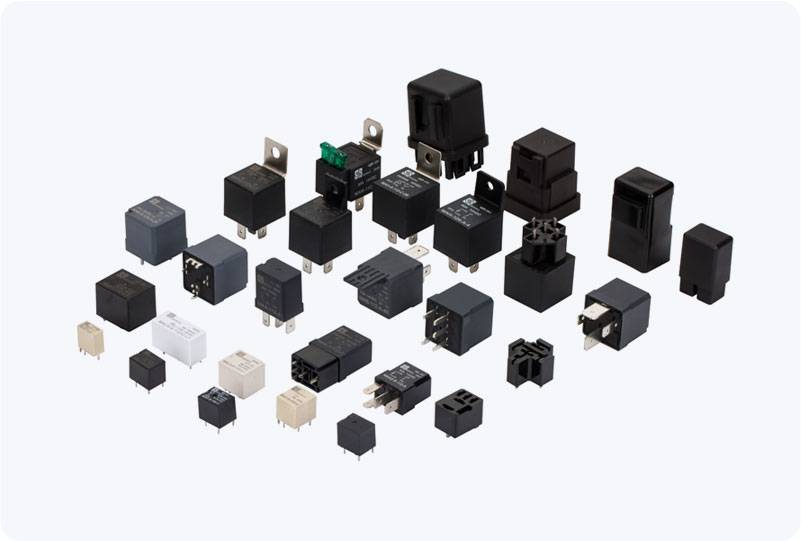The rapid development of new energy vehicles (NEVs) has revolutionized the automotive industry, with electric vehicles (EVs) emerging as a key component of this transformation. One of the technologies that plays a crucial role in enhancing the performance and reliability of these vehicles is the Solid State Relay (SSR). In this article, we will explore the significance of SSRs in NEVs, focusing on their role in improving efficiency, safety, and durability in modern electric vehicles.

Understanding SSR (Solid State Relay) A Solid State Relay (SSR) is an electronic switching device that controls the flow of electrical current without the need for moving parts. Unlike traditional electromechanical relays, which rely on mechanical contacts to open and close a circuit, SSRs use semiconductor components such as transistors, thyristors, or triacs to perform the switching. The absence of mechanical parts means that SSRs are more durable, reliable, and faster in response than their mechanical counterparts. These advantages make them particularly suited for applications in NEVs, where precision, durability, and efficiency are paramount.